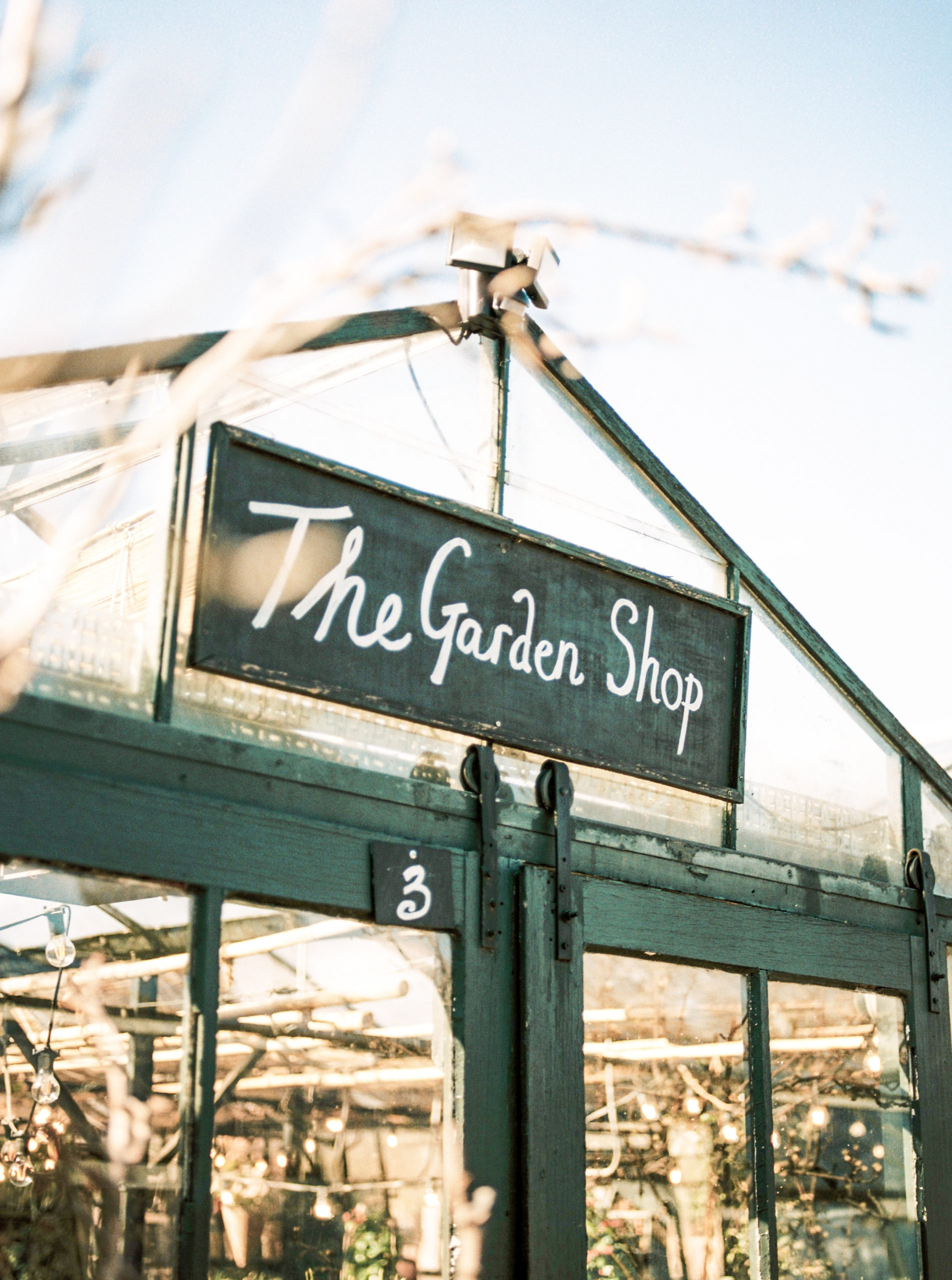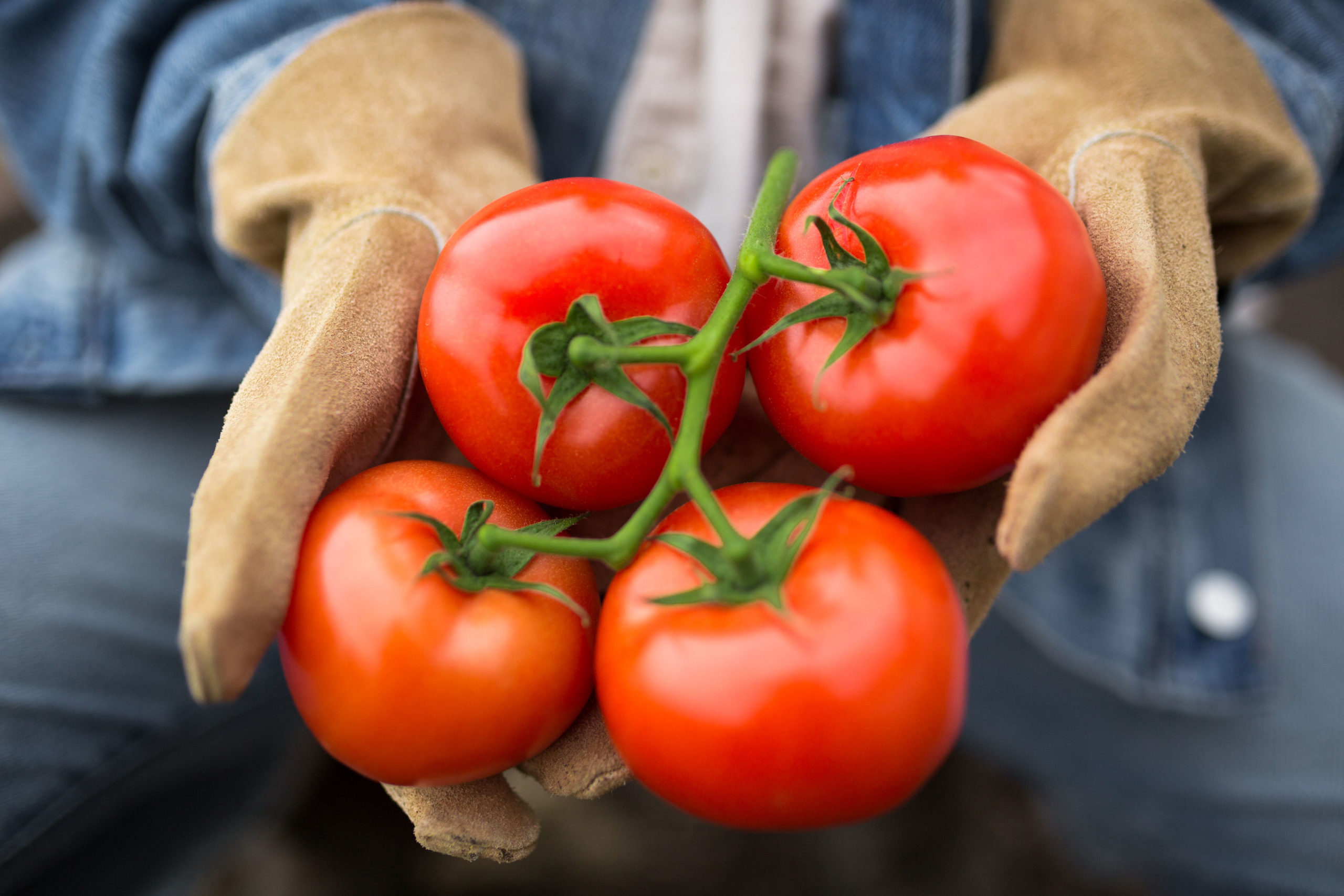Choosing Plants for your Vegetable Garden
There are so many wonderful vegetables to grow. It can make choosing plants for your vegetable garden a daunting task. So how do you choose which plants to grow in your own vegetable garden? As you’re considering plants first and foremost make sure they are compatible with the basics of your garden. If you don’t know those already, read Planning A Garden to help you determine the basic attributes of available space.

How do I Know What a Plant Needs?
When purchasing plants or seeds, information should be provided on needs of the plant. Plants at a large retail center will usually have small sticks/tags in each container giving the details of the plants needs. The same information is also available for each plant when shopping a seed or plant website. If you’re shopping small scale or private vendors, i.e. a local nursery, or on Etsy, you may need to ask for this information.
Take a Look in Your Pantry
A great place to start in choosing plants to grow is to look at what’s in your pantry. What do you use frequently when cooking meals? Do you stock up on canned tomatoes, every week? Grow tomatoes? Are green beans a staple for you? Grow those? Do you have a favorite fruit or vegetable you only buy on occasion because it’s pricey? The produce you buy regularly, or would if the budget allowed, is a great place to start when considering which vegetables to grow in your own garden.
Remember, it’s important to make sure your plants are appropriate for your garden area. We always have carrots on hand, so we tried growing them years ago. Through trial, we found our dense clay-like soil, was not a good match for growing carrots. We tried a couple of years and then took carrots off our list of possibilities. This year I’m adding raised beds to our gardening area and going to try carrots in those.
Start Small and Simple
It’s best to start small with a few easy to grow plants. This will set you up to be successful with your gardening experience. Tomatoes, zucchini, green beans are typically all easy to grow garden staples. If you like cherry or grape tomatoes, I’ve found those to always be prolific. Roma tomatoes are nice mid-sized meaty tomato that are great for canning, making tomato sauce, salsa, etc., but don’t make great sandwich tomatoes. Of the typical slicing tomatoes, I’ve found the mid-sized do best in our garden. They tend to do well and ripen completely while on the vine. The larger slicing tomatoes, tend to split or crack before ripening completely in our garden.

I found this list of the 8 Easiest Vegetable to Grow. A couple notes to add to this list…
Even though spinach is on this list, I did not have success with it last year. Spinach is a cool weather crop. I started my spinach from seed and the temperature in our growing area became too hot and my seedling bolted and went to seed before I even got them in the ground. This was definitely due to user error, on my part! Still, the packet of seeds cost less than a container of spinach. I learned a valuable lesson and still have seeds that I started this year. I’m watching the temperature much more closely.
The above article suggests starting summer squash inside. I started a few zucchini plants inside to get a bit of a “head start.” While great in theory, I found that these plants didn’t perform any better, maybe even not as well, as the plants we sowed directly from the same seed packets. That said, we don’t like yellow squash, so I have only grown zucchini, not yellow squash as mentioned in the article, both are considered summer squash varieties.
Space and Budget
How much do you want to spend on your garden venture? Seeds are far cheaper than plants when looking at the cost per plant, but require work up front well before planting. Starting from seed will be covered in later blog posts. Some seeds needed to be started indoors between 6-10 weeks before the last frost in your area. Some seeds, like zucchini and green beans, are direct sow seeds, that you plant directly in the ground after the last frost.
When choosing the number of each vegetable to plant, look at the spacing needs of what you’ve chosen to grow. It’s always tempting to try to pack in as much as possible. (Guilty!) However, the plant spacing is indicated by the expert for a reason. Following the spacing guidelines will give your plants the room they need to thrive. This space provides, for proper air circulation and helps insure the plants won’t be competing with each other for light or soil nutrients. I’m going to have to try remind myself of this when we put our plants in the ground this spring.
Some plants provide varieties for different spaces. For example green beans come in pole bean and bush bean varieties. Pole beans take up less ground space, however you need to provide a structure for them to grow up. Bush beans are small bush-like plants that don’t need a structure, but need space for each plant.
You can also grow some typical ground vining plants up a sturdy trellis. We’ve grown zucchini and butternut squash on the ground and up a trellis; both work very well. I found it was easier to see zucchini growing up a trellis. We’ve definitely had some zucchini that seem to be hidden by the leaves, until they were HUGE! Which are the perfect size for making zucchini bread out of! If you’re now craving zucchini bread, like me, check out this recipe from my grandma: Grandma’s Zucchini Bread
Want more garden tips? Sign-up here so you don’t miss a post! Get more gardening tips
Return to Simple Living by Simply Julie Co.
Happy gardening!
BASIC
INVITE
30% off
your order
at
SimplySeeking30
Use Code: